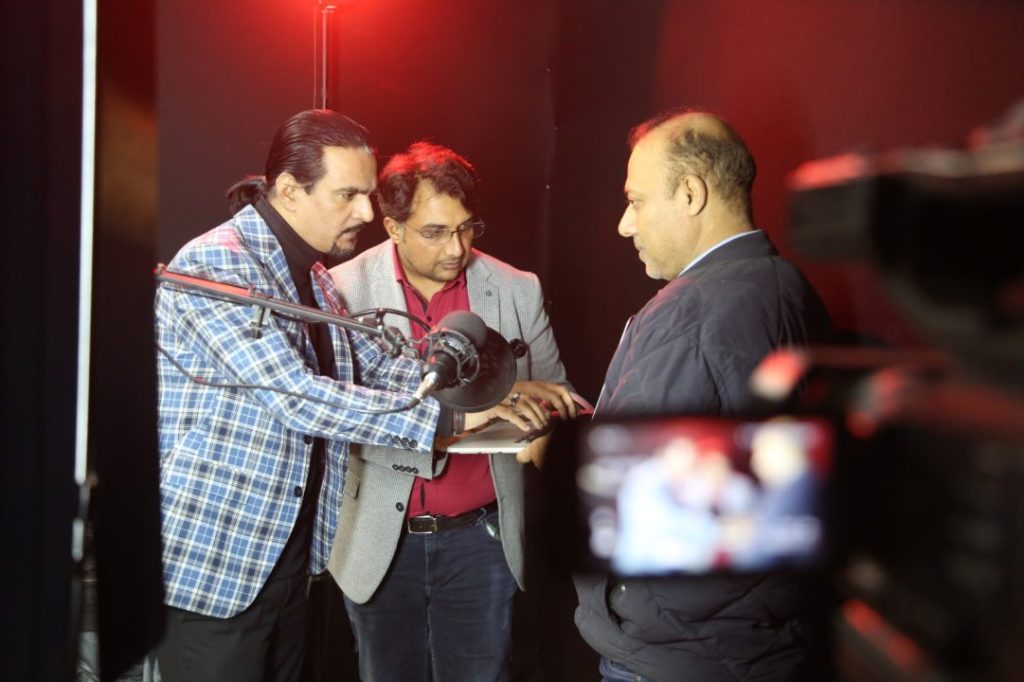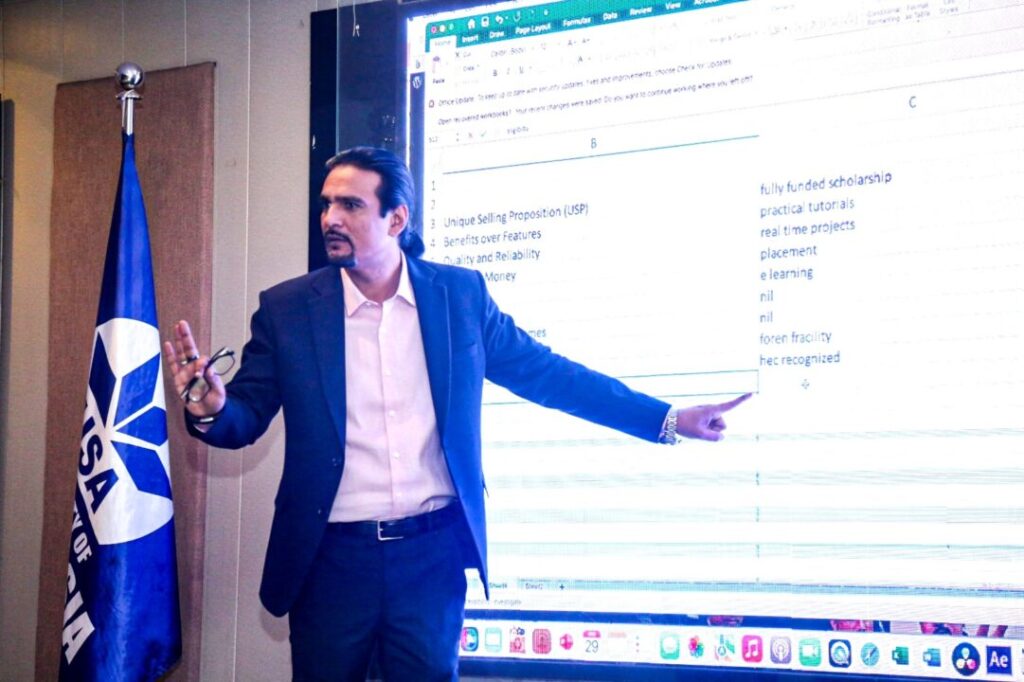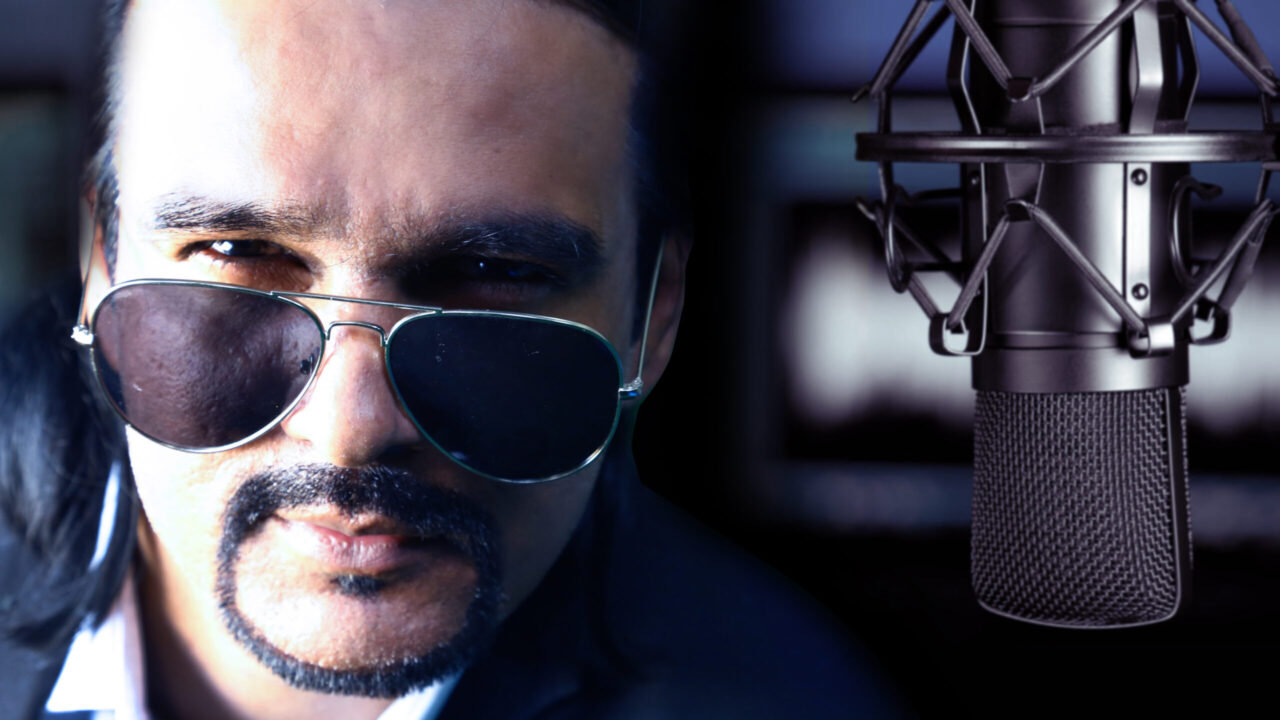Table of Contents
Hey everyone, Ahmad Afridi here! Today, let’s explore the intricate world of advanced filmmaking sound design, where we delve into location sound recording, Foley sound, film sound effects and the crucial art of dialogue editing. As a filmmaker, I am excited to offer online and physical classes related to sound, focusing on these essential components that contribute to creating immersive cinematic experiences. Those interested can contact me for more information and enrollment details.
Introduction to Advanced Filmmaking Sound-Design
In filmmaking, sound design isn’t just about adding noise to scenes, it’s about creating an immersive auditory experience that complements and enhances visuals, evoking emotions and driving the narrative forward.
Importance of Sound Design in Filmmaking

Sound design adds depth, realism, and emotional impact to visuals. It sets the mood, builds tension, and creates a believable world for viewers, making it an indispensable element in modern filmmaking.
1. Depth and Realism:
Imagine a car chase scene. You see the screeching tires and speeding vehicles, but the sound design is what truly immerses you. The roaring engines, the whoosh of wind, the crunching of metal during a collision, these sounds create a sense of depth and realism that visuals alone cannot achieve.
2. Setting the Mood:
A lighthearted comedy relies on sound design to create a cheerful atmosphere. Upbeat music, sound effects of laughter and playful objects, and clear dialogue all contribute to the film’s lighthearted tone.
3. Building Tension:
Sound design is a master of suspense. Creaking floorboards in a horror film, the slow, deliberate dripping of water in a thriller, these subtle sounds heighten our anxiety and anticipation, making us feel on edge.
4. Emotional Impact:
Sound design can evoke powerful emotions. A swelling score during a romantic scene can make our hearts soar, while melancholic music can deepen the impact of a sad moment.
Key Components of Filmmaking Sound Design
Location Sound Recording
Capturing authentic audio on set is the foundation of great sound design. It involves recording dialogue, ambient sounds, and on-set effects to create a cohesive audio environment.
Dialogue: Conversations between characters, captured with strategically placed microphones.
Ambient Sounds: Background noises like traffic, birds, or air conditioning, enhancing realism.
On-Set Effects: Sounds made during filming, like footsteps or doors, adding to scene authenticity.
Foley Sound
Foley adds layers of detail to scenes by recreating everyday sounds in a studio setting. It’s the crunch of footsteps on gravel, the rustle of clothing, or the subtle sounds that bring visuals to life.
Examples Foley Sound:
Footsteps: Imagine a scene without the crunch of footsteps on snow or the creak of floorboards in an old house. Foley artists meticulously recreate these sounds to match the visuals and heighten the atmosphere.
Clothing: The rustle of fabric as someone walks, the swish of a cape, or the crinkle of a paper bag – all these subtle sounds are crafted by Foley artists to make the movement on screen feel believable.
Object Interactions: Opening a door, placing a cup on a table, or crumpling a piece of paper – Foley artists use everyday objects and props to create these sounds, making the scene feel more immersive.
Film Sound Effects (SFX)
Pre-recorded sound libraries provide a vast array of effects to enrich the soundscape, from subtle nuances to dramatic impacts. Skilled sound designers use these judiciously to enhance storytelling.
Examples of Film Sound Effects:
Subtle Nuances: The rustling of leaves in the wind, the creak of a floorboard, the clinking of silverware, these subtle sounds add a layer of realism to a scene and help immerse the viewer in the environment.
Dramatic Impacts: Explosions, gunshots, car crashes, these impactful sounds create excitement and tension in a scene.
Dialogue Editing
Cleaning up dialogue tracks and ensuring clarity and consistency is crucial for seamless storytelling. It involves removing unwanted noise and adjusting levels for a polished final product.
Examples of Dialogue Editing Techniques:
Noise Reduction: Software tools can automatically reduce background noise while preserving dialogue.
EQ (Equalization): Adjusting audio frequencies to make voices clearer and reduce unwanted bass or hum.
De-essing: Removing excessive sibilance (hissing sounds) from dialogue, especially noticeable with actors who pronounce “s” sounds strongly.
J-cuts and L-cuts: These editing techniques help smooth transitions between shots by overlapping dialogue from the next scene slightly before the cut (J-cut) or letting dialogue from the previous scene linger over the next shot (L-cut)
Tips for Effective Sound Design
Purposeful Sounds: Every sound should serve a narrative or emotional purpose.
Layering Techniques: Combine multiple sounds for depth and realism.
Software Mastery: Use industry-standard tools like Pro Tools, Audition, or Logic Pro X for precision editing.
Genre Sensitivity: Adapt sound design strategies to fit different film genres.
Software and Tools for Sound Design
Explore powerful audio editing tools like Avid Pro Tools, Adobe Audition, and Logic Pro X for precise control over sound elements and effects.
Avid Pro Tools: Industry-standard DAW known for its stability, extensive editing features, and mixing capabilities.
Adobe Audition: Powerful audio editor within the Adobe Creative Suite, ideal for sound restoration, noise reduction, and precise editing.
Logic Pro X: Apple’s professional DAW designed for Mac users, offering a comprehensive set of tools for music production and sound design.
Online Resources:

Sound Design Communities:
There are many online forums and communities dedicated to sound design, where you can connect with other sound designers, share tips and tricks, and get feedback on your work. Some popular options include: SoundWorks Collection and Reddit – /r/SoundDesign.
Facebook Groups: Search for “film sound design” or “Foley art” groups.
Free Sound Effect Libraries:
While professional sound libraries can be expensive, there are many excellent free resources available online. Keep in mind that some may have licensing restrictions, so be sure to check the terms before using them in your projects. Here are a few highly-rated options:
Freesound.org: https://freesound.org/
AudioMicro: https://www.audiomicro.com/free-sound-effects (Offers a limited selection of free sounds)
Zapsplat: https://www.zapsplat.com/sound-effect-categories/
Conclusion
In summary, mastering advanced filmmaking sound design requires creativity, technical skills, and the right tools. By integrating location sound recording, Foley sound, film sound effects, and dialogue editing effectively, filmmakers can create immersive experiences that enhance storytelling and captivate audiences. Engagement with sound design communities and access to free sound effect libraries also play crucial roles in achieving professional results.
FAQs about Advanced Filmmaking Sound-Design
1. What is the role of sound design in filmmaking?
Sound design in filmmaking goes beyond adding noise; it creates immersive experiences that complement visuals, evoke emotions, and drive narratives forward.
2. What are the key components of filmmaking sound design?
Key components include location sound recording (dialogue, ambient sounds, on-set effects), Foley sound (everyday sounds), film sound effects (SFX libraries), and dialogue editing (cleaning, EQ adjustments).
3. How does sound design impact storytelling?
Sound design adds depth, realism, sets mood, builds tension, and enhances emotional impact, enriching the overall cinematic experience for viewers.
4. What are some examples of sound design techniques?
Examples include Foley sound for footsteps, clothing, and object interactions; film sound effects for nuances and dramatic impacts; and dialogue editing techniques like noise reduction and EQ adjustments.
5. What tools are recommended for sound design in filmmaking?
Industry-standard tools like Avid Pro Tools, Adobe Audition, and Logic Pro X offer precise control over sound elements, editing features, and mixing capabilities, enhancing the quality of sound design.

